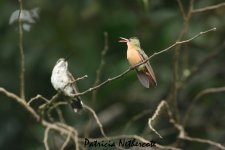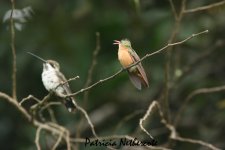costaricafinca
Well-known member
I am never satisfied with the results when I take a 'shot' of 1-2 perched humming birds. Suggestions, please!
I use a Canon T2i with a ET 300 usually with a 1x4x Extender. I also have EF100-400, EF 75-300 and EF 18-55 lenses.
I use a Canon T2i with a ET 300 usually with a 1x4x Extender. I also have EF100-400, EF 75-300 and EF 18-55 lenses.







